Information
- Publication Type: Conference Paper
- Workgroup(s)/Project(s):
- Date: May 2005
- Lecturer: Stefan Bruckner
- Booktitle: Proceedings of EuroVis 2005
- Pages: 69 – 76
- Keywords: non-photorealistic techniques, focus+context techniques, volume rendering
Abstract
In volume rendering it is very difficult to simultaneously visualize interior and exterior structures while preserving clear shape cues. Very transparent transfer functions produce cluttered images with many overlapping structures, while clipping techniques completely remove possibly important context information. In this paper we present a new model for volume rendering, inspired by techniques from illustration that provides a means of interactively inspecting the interior of a volumetric data set in a feature-driven way which retains context information. The context-preserving volume rendering model uses a function of shading intensity, gradient magnitude, distance to the eye point, and previously accumulated opacity to selectively reduce the opacity in less important data regions. It is controlled by two user-specified parameters. This new method represents an alternative to conventional clipping techniques, shares their easy and intuitive user control, but does not suffer from the drawback of missing context information.Additional Files and Images
Additional images and videos
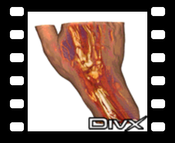 Hand - DivX:
Context-Preserving Volume Rendering of a human hand
Hand - DivX:
Context-Preserving Volume Rendering of a human hand
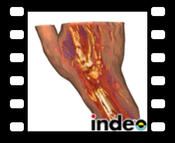 Hand - Indeo:
Context-Preserving Volume Rendering of a human hand
Hand - Indeo:
Context-Preserving Volume Rendering of a human hand
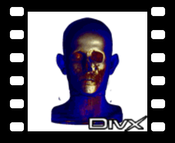 Head - DivX:
Context-Preserving Volume Rendering of a human head
Head - DivX:
Context-Preserving Volume Rendering of a human head
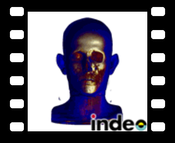 Head - Indeo:
Context-Preserving Volume Rendering of a human head
Head - Indeo:
Context-Preserving Volume Rendering of a human head
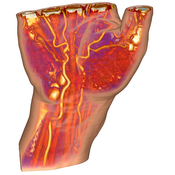 image:
Context-Preserving Volume Rendering of a human hand
image:
Context-Preserving Volume Rendering of a human hand
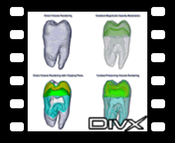 Tooth - DivX:
comparison of Context-Preserving Volume Rendering with other techniques
Tooth - DivX:
comparison of Context-Preserving Volume Rendering with other techniques
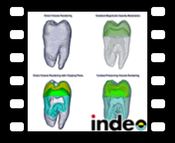 Tooth - Indeo:
comparison of Context-Preserving Volume Rendering with other techniques
Tooth - Indeo:
comparison of Context-Preserving Volume Rendering with other techniques
 Visible Human - DivX:
Context-Preserving Volume Rendering of the Visible Human dataset
Visible Human - DivX:
Context-Preserving Volume Rendering of the Visible Human dataset
 Visible Human - Indeo:
Context-Preserving Volume Rendering of the Visible Human dataset
Visible Human - Indeo:
Context-Preserving Volume Rendering of the Visible Human dataset
Additional files
Weblinks
No further information available.BibTeX
@inproceedings{bruckner-2005-ICV,
title = "Illustrative Context-Preserving Volume Rendering",
author = "Stefan Bruckner and S\"{o}ren Grimm and Armin Kanitsar and
Eduard Gr\"{o}ller",
year = "2005",
abstract = "In volume rendering it is very difficult to simultaneously
visualize interior and exterior structures while preserving
clear shape cues. Very transparent transfer functions
produce cluttered images with many overlapping structures,
while clipping techniques completely remove possibly
important context information. In this paper we present a
new model for volume rendering, inspired by techniques from
illustration that provides a means of interactively
inspecting the interior of a volumetric data set in a
feature-driven way which retains context information. The
context-preserving volume rendering model uses a function of
shading intensity, gradient magnitude, distance to the eye
point, and previously accumulated opacity to selectively
reduce the opacity in less important data regions. It is
controlled by two user-specified parameters. This new method
represents an alternative to conventional clipping
techniques, shares their easy and intuitive user control,
but does not suffer from the drawback of missing context
information. ",
month = may,
booktitle = "Proceedings of EuroVis 2005",
pages = "69--76",
keywords = "non-photorealistic techniques, focus+context techniques,
volume rendering",
URL = "https://www.cg.tuwien.ac.at/research/publications/2005/bruckner-2005-ICV/",
}
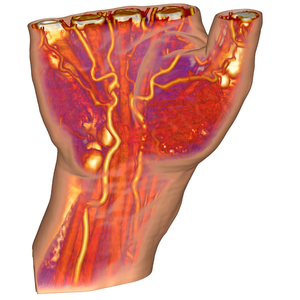

 Paper
Paper